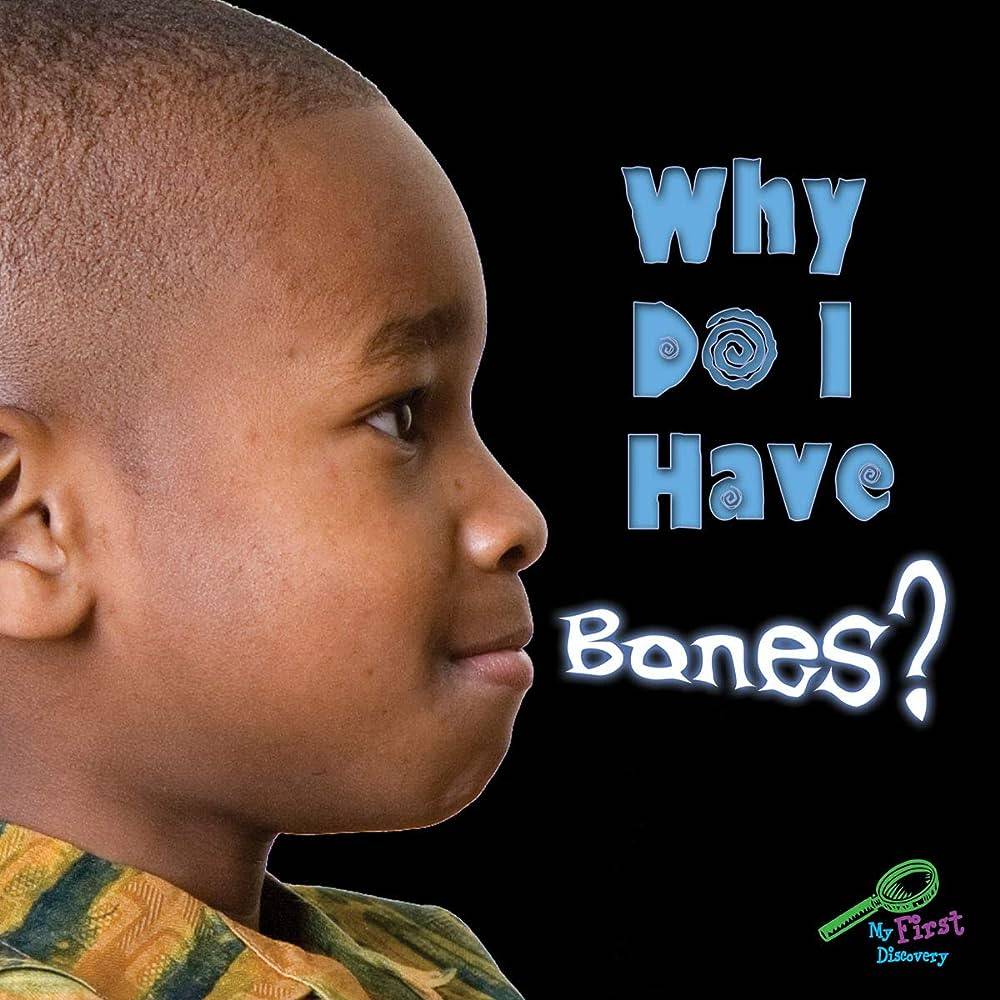The human body stands as a marvel of bioengineering, with each component playing a vital role in maintaining its delicate equilibrium. Among these essential components, bones offer support, protection, and a framework for movement. But what if we were to envision a life without bones? Imagine a biological scenario devoid of these rigid structures, where the body must adapt in unique ways to compensate for their absence.
At first glance, the notion of a boneless existence may appear fantastical, yet it beckons us to explore the intricate interplay between bones and other bodily systems. Often likened to scaffolding, bones form the foundation upon which muscles, tendons, and ligaments interact. Without this sturdy framework, the body would necessitate alternative mechanisms to uphold structural integrity and facilitate movement.
In the absence of bones, the muscular system would inevitably undergo a transformation. Muscles, which typically anchor to bones, would need to evolve both structurally and functionally, attaching to alternative structures. This adaptation could potentially rely on networks of fibrous tissue, creating a new framework for movement. Consequently, the resulting body might possess a markedly distinct range of motion and physical capabilities. Furthermore, bones house bone marrow—an integral component of the hematopoietic system responsible for producing blood cells. Without bones, the bone marrow would seek a new abode, potentially impacting the body's ability to maintain a constant supply of red and white blood cells. The circulatory and immune systems might encounter significant challenges, potentially leading to an increased vulnerability to infections and reduced oxygen-carrying capacity.
The absence of bones would also reshape the positioning and safeguarding of organs within the body. Bones serve as natural barriers, shielding fragile organs from external forces. In the absence of this protective shield, the body might develop alternative mechanisms, such as thicker layers of tissue or fluid-filled sacs, to ensure the protection of vital organs. This adaptation could sculpt the body's overall form and proportions, resulting in a unique appearance.
In a boneless reality, the evolutionary trajectory could take a captivating turn. Species evolving without bones might display substantial differences in anatomy, behavior, and habitat. Aquatic environments could favor boneless organisms, where buoyancy and flexibility provide a competitive edge. On land, alternative structural adaptations might emerge to counterbalance the lack of bones and provide stability.
As we venture into the realm where bones are absent, a tapestry of interconnected consequences unfolds. From changes in the musculoskeletal system to shifts in organ defense and potential alterations in evolutionary pathways, the absence of bones would inevitably redefine the very essence of life. This thought experiment not only underscores the integral role of bones in our existence but also illuminates the intricate dance of adaptation and survival that characterizes the natural world.
In conclusion, the absence of bones triggers a cascade of adaptations within the body, affecting everything from movement and organ defense to physiological systems and evolutionary trajectories. Exploring this hypothetical scenario allows us to fathom the profound role that bones play in shaping the human body and the broader biological landscape. As we continue to unveil the intricacies of life, the study of bones stands as a testament to nature's ingenuity and the captivating possibilities that lie within the realm of scientific inquiry.


